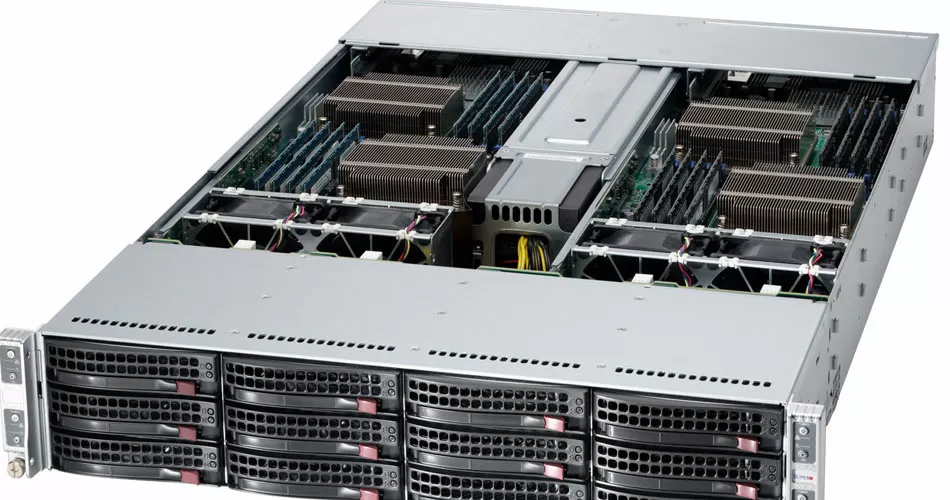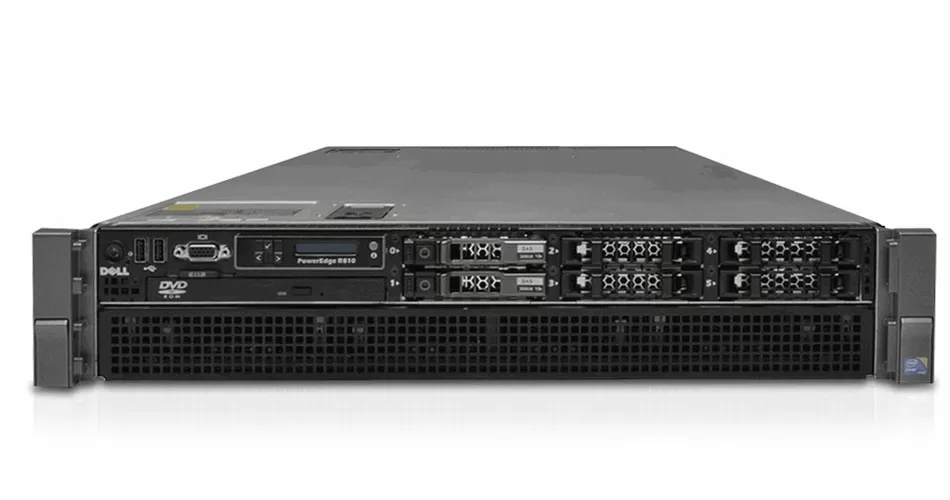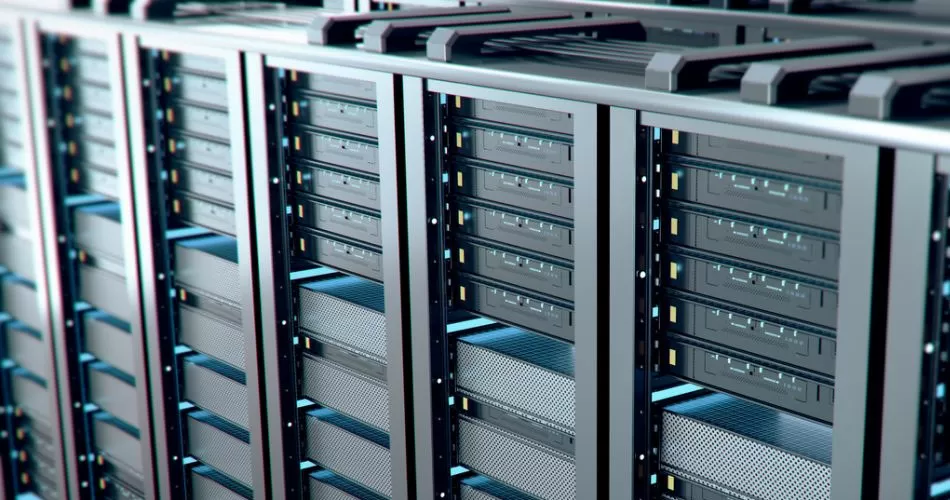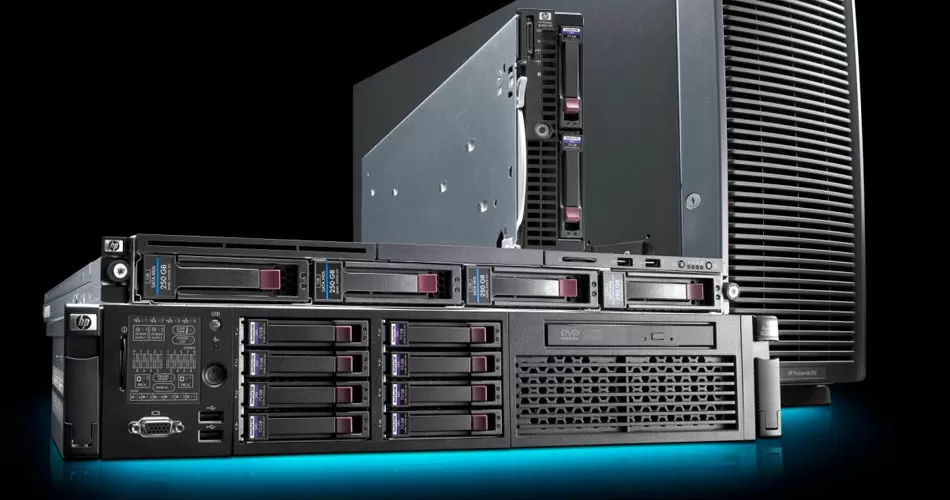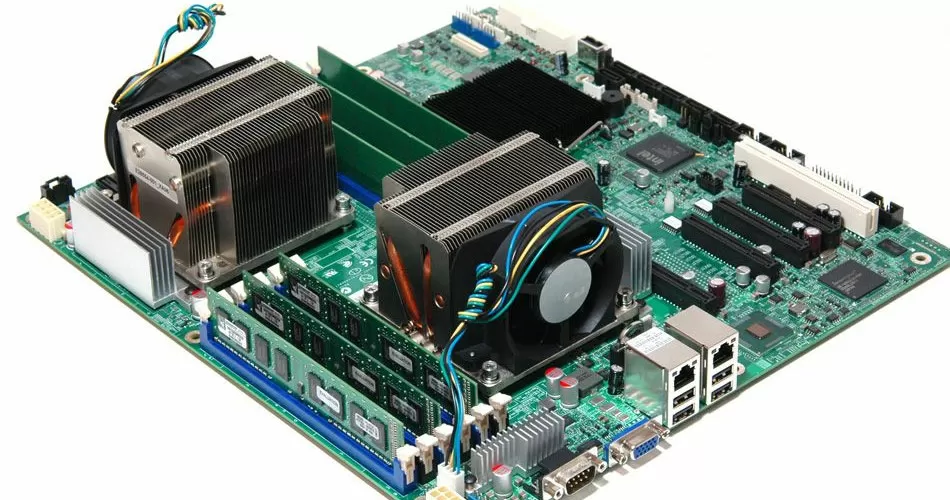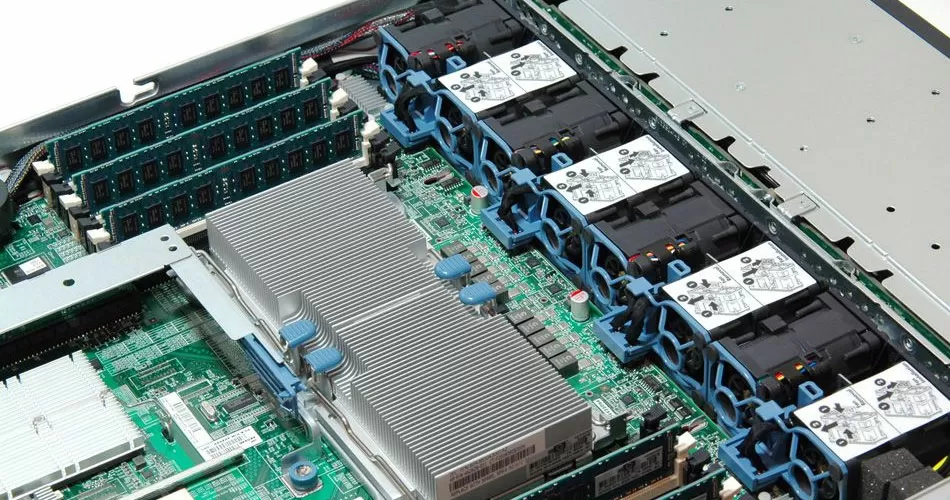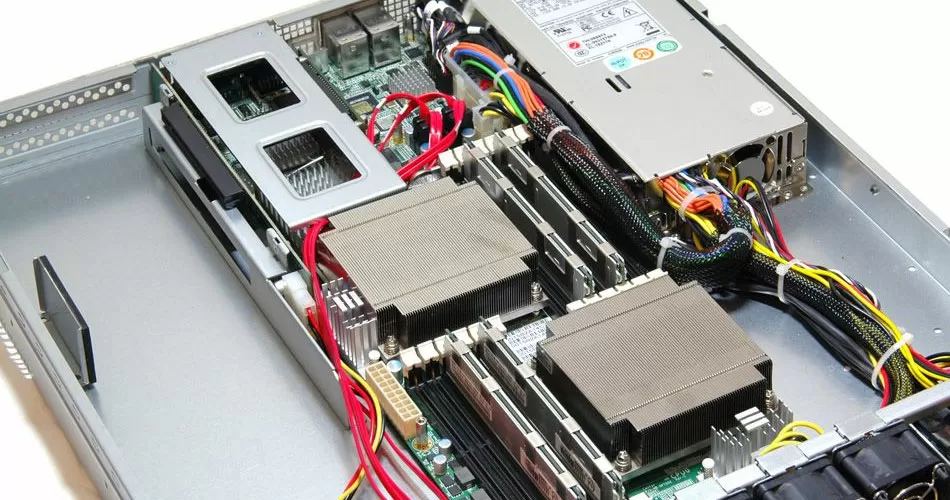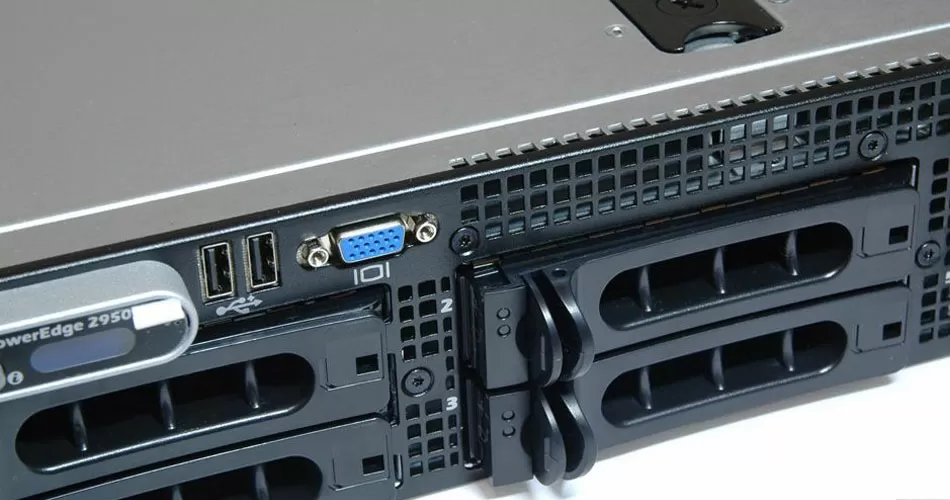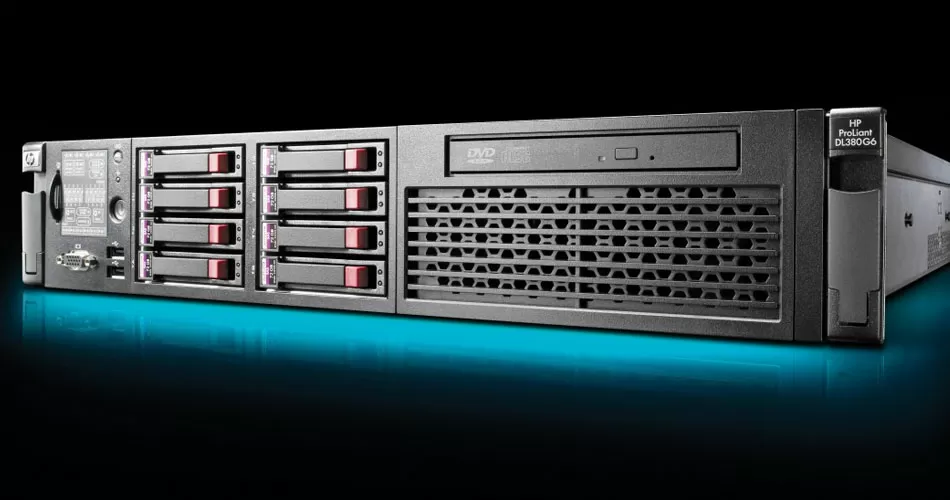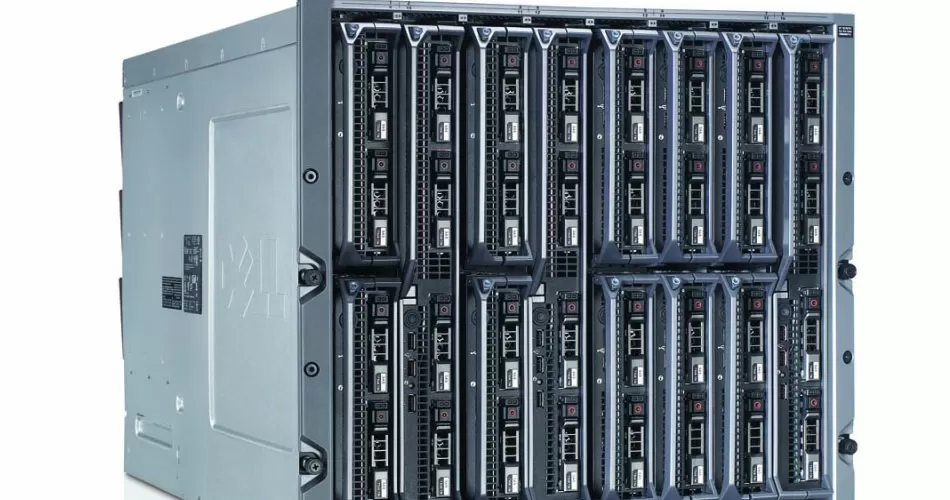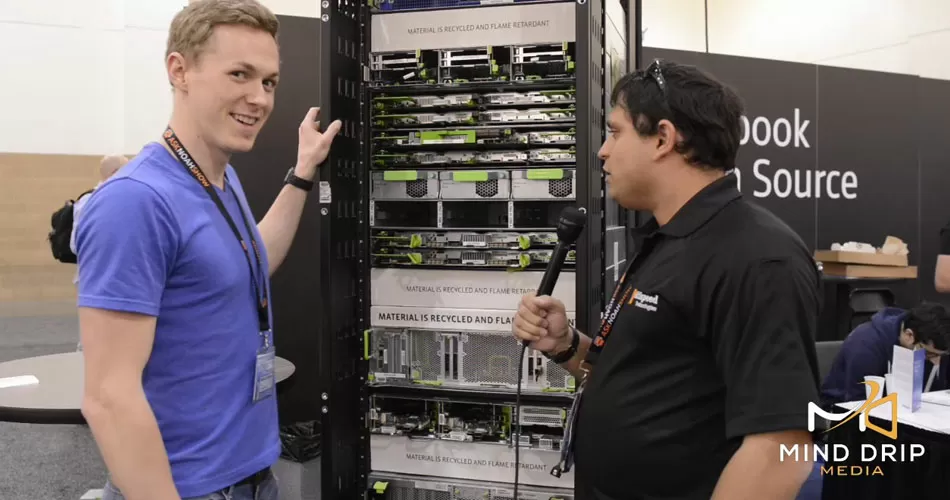
Facebook is an innovative company in itself, and it's no wonder that they didn't just buy hundreds of servers to run their service. They have improved the memcached caching technology, and now the company's engineers are developing a new type of server that will be optimal for large cloud services - cheap, reliable and efficient. Innovations such as new cabinet heights, dual-input power supplies, lack of remote monitoring systems seem absurd today.

